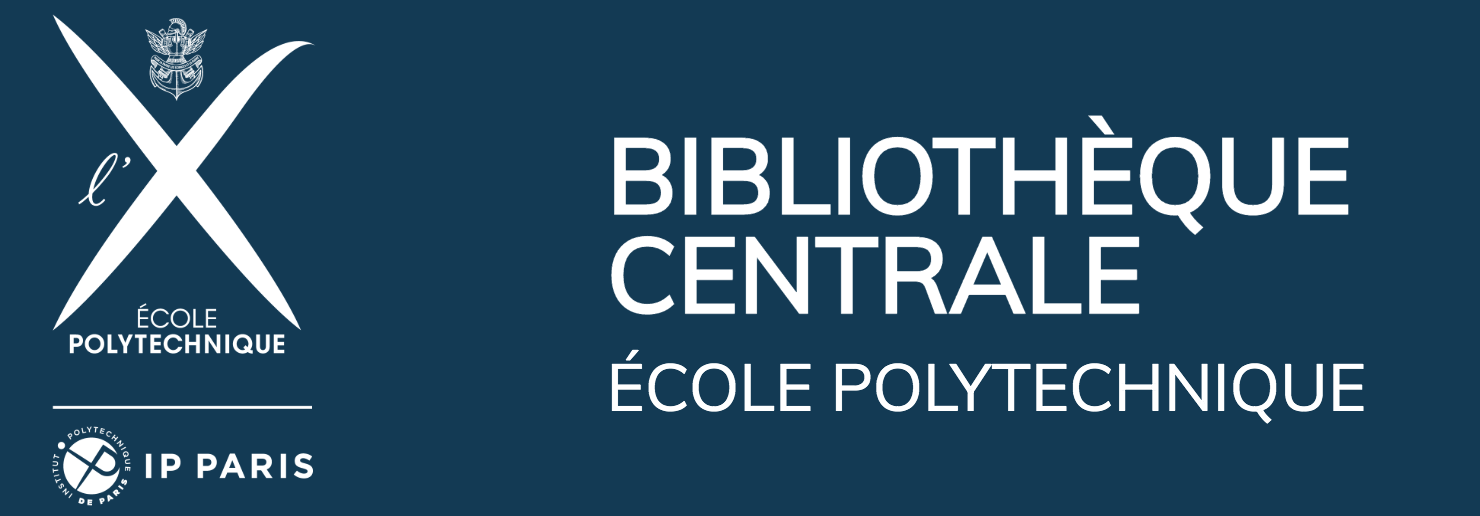Beyond personas. Machine Learning to personalise the project
DOI:
https://doi.org/10.19229/2464-9309/12202022Keywords:
personas, data-driven design, inclusive design, customisation, dataficationAbstract
The paper deals with some problems linked to Human-Centred Design (HCD) methods, namely Personas, that may mislead the designers to create distorted and stereotypical representations of users. These archetypal models of ‘human’ are questioned in favour of a data processing approach, that better responds to the needs of the projects contextualised in our hyperconnected society. The core value of this approach is the ability to adapt, based on algorithms capable of matching the product to the activity of each user. These considerations aim to balance the important benefits of the HCD design methods with necessary caution on the introduction of new tools still in verification. The integration of the well-established HCD methods with the new possibilities given by datafication originates a design process integrating the two aspects and that is presented at the end of the paper.
Downloads
Article Metrics Graph
References
Akrich, M. (1995), “User Representations – Practices, Methods and Sociology”, in Rip., A., Misa, T. J. and Schot, J. (eds), Managing Technology in Society – The Approach of Constructive Technology Assessment, Pinter Publishers, London-New York, pp. 167-184.
Anderson, C. (2008), “The end of theory – The data deluge makes the scientific method obsolete”, in Wired magazine, 23/06/2008. [Online] Available at: wired.com/2008/06/pb-theory/ [Accessed 29 September 2022].
Clark, J. (2019), “Why machine learning and AI matter for design teams”, in BigMedium, 28/03/2019. [Online] Available at: bigmedium.com/ideas/why-machine-learning-and-ai-matter-for-design-team.html [Accessed 29 September 2022].
Dharwada, P., Greenstein, J. S., Gramopadhye, A. K. and Davis, S. J. (2007), “A Case Study on Use of Personas in Design and Development of an Audit Management System”, in Proceedings of the Human Factors and Ergonomics Society Annual Meeting, vol. 51, issue 5, pp. 469-473. [Online] Available at: dx.doi.org/10.1177/154193120705100509 [Accessed 29 September 2022].
DiSalvo, C. and Lukens, J. (2011), “Nonanthropocentrism and the nonhuman in design – Possibilities for designing new forms of engagement with and through technology”, in Foth, M., Forlano, L., Satchell, C. and Gibbs, M. (eds), From social butterfly to engaged citizen – Urban informatics, social media, ubiquitous computing, and mobile technology to support citizen engagement, MIT Press, Cambridge, pp. 421-436.
Emmanuel, G.-S. and Polito, F. (2022), “How Related Are Designers to the Personas They Create?”, in Soares, M. M., Rosenzweig, E. and Marcus, A. (eds), Design, User Experience, and Usability – Design Thinking and Practice in Contemporary and Emerging Technologies HCII 2022, Lecture Notes in Computer Science, vol. 13323, Springer, Cham, pp. 3-13. [Online] Available at: doi.org/10.1007/978-3-031-05906-3_1 [Accessed 29 September 2022].
Erete, S., Israni, A. and Dillahunt, T. (2018), “An intersectional approach to designing in the margins”, in Interactions, vol. 25, issue 3, pp. 66-69. [Online] Available at: doi.org/10.1145/3194349 [Accessed 29 September 2022].
Floyd, I. R., Jones, M. C. and Twidale, M. B. (2008), “Resolving incommensurable debates – A preliminary identification of persona kinds, attributes, and characteristics”, in Artifact, vol. 2, issue 1, pp. 12-26. [Online] Available at: doi.org/10.1080/17493460802276836 [Accessed 29 September 2022].
Gambetta, D. (2018), “Divenire cyborg nella complessità”, in Gambetta, D. (ed.), Datacrazia – Politica, cultura algoritmica e conflitti al tempo dei big data, d editore, Roma, pp. 14-36.
Holmes, K. (2020), Mismatch – How inclusion shapes design, MIT Press, Cambridge.
Jean-Baptiste, A. (2020), Google Diversity Toolkit – How to build products for everyone, with everyone, Wiley, Hoboken (USA).
Jenkins, D. and Baker, L. (2019), “Designing for Diversity”, in Design Council, 27/06/2019. [Online] Available at: designcouncil.org.uk/news-opinion/designing-diversity [Accessed 29 September 2022].
Kaufman, B. (2021), “Personas Vs Personalization”, in Position2, 24/06/2021. [Online] Available at: position2.com/blog/personas-vs-personalization/ [Accessed 29 September 2022].
Khoo, O. (2022), “Picturing Diversity – Netflix’s Inclusion Strategy and the Netflix Recommender Algorithm (NRA)”, in Television & New Media, pp. 1-17. [Online] Available at: doi.org/10.1177/15274764221102864 [Accessed 04 October 2022].
King, R., Churchill, E. F. and Tan, C. (2017), Designing with data – Improving the user experience with A/B testing, O’Reilly Media, Newton (USA).
Laubheimer, P. (2020), “3 Persona Types – Lightweight, Qualitative, and Statistical”, in Nielsen Norman Group, 21/06/2020. [Online] Available at: nngroup.com/articles/persona-types/ [Accessed 29 September 2022].
Lupton, D. (2020), “Thinking with Care About Personal Data Profiling – A More-Than-Human Approach”, in International Journal of Communication, vol. 14, pp. 3165-3183. [Online] Available at: ijoc.org/index.php/ijoc/article/view/13540/3114 [Accessed 29 September 2022].
Maeda, J. (2022), Resilience Tech Report 2022. [Online] Available at: resiliencetech.report [Accessed 29 September 2022].
Nelson, N. (2016), “The Power of a Picture”, in Netflix, 03/05/2016. [Online] Available at: about.netflix.com/en/news/the-power-of-a-picture [Accessed 5 October 2022].
Nielsen, J., Yssing, C., Levinsen, K., Clemmensen, T., Ørngreen, R. and Nielsen, L. (2006), “Embedding complementarity in HCI methods and techniques – Designing for the cultural other”, in Clemmensen, T., Campos, P., Orngreen, R., Pejtersen, A. M. and Wong, W. (eds), HWID 2006 – Human Work Interaction Design – Designing for Human Work – IFIP International Federation for Information Processing, vol 221, Springer, Boston (MA), pp. 93-102. [Online] Available at: doi.org/10.1007/978-0-387-36792-7_5 [Accessed 29 September 2022].
Oudshoorn, N., Rommes, E. and Stienstra, M. (2004), “Configuring the User as Everybody – Gender and Design Cultures in Information and Communication Technologies”, in Science, Technology & Human Values, vol. 29, issue 1, pp. 30-63. [Online] Available at: doi.org/10.1177/0162243903259190 [Accessed 29 September 2022].
Pajkovic, N. (2021), “Algorithms and taste-making – Exposing the Netflix Recommender System’s operational logics”, in Convergence | The International Journal of Research into New Media Technologies, vol. 28, issue 1, pp. 214-235. [Online] Available at: doi.org/10.1177/13548565211014464 [Accessed 05 October 2022]
Partadiredja, R. A. (2020), “Datafication and design – Are we designing the right thing?”, in kommunikation.medien, vol. 2020, issue 12, pp. 1-10. [Online] Available at: doi.org/10.25598/JKM/2020-12.9 [Accessed 29 September 2022].
Priori, E. (2018), “Is correlation enough? (Spoiler: No!)”, in Gambetta, D. (ed.), Datacrazia – Politica, cultura algoritmica e conflitti al tempo dei big data, d Editore, Roma, pp. 124-135.
Pruitt, J. and Adlin, T. (2006), The Persona Lifecycle – Keeping People in Mind Throughout Product Design, Morgan Kaufmann Publishers-Elsevier, Burlington (USA).
Roman, C. (2019), “The Problem with Personas”, in Medium, 27/02/2019. [Online] Available at: medium.com/typecode/the-problem-with-personas-b6734a08d37a [Accessed 29 September 2022].
Singh, S. (2020), “Why Am I Seeing This? – How Video and E-Commerce Platforms Use Recommendation Systems to Shape User Experiences”, in New America, 25/03/2020. [Online] Available at: newamerica.org/oti/reports/why-am-i-seeing-this/ [Accessed 5 October 2022]
Stål, O. (2021), “How Spotify Uses ML to Create the Future of Personalization”, in Spotify Engineering, 02/12/2021. [Online] Available at: engineering.atspotify.com/2021/12/how-spotify-uses-ml-to-create-the-future-of-personalization/ [Accessed 29 September 2022].
Subrahmanian, E., Reich, Y. and Krishnan, S. (2020), We Are Not Users – Dialogues, Diversity, and Design, MIT Press, Cambridge.
Trischler, J., Kristensson, P. and Scott, D. (2018), “Team diversity and its management in a co-design team”, in Journal of Service Management, vol. 29, issue 1, pp. 120-145. [Online] Available at: dx.doi.org/10.1108/JOSM-10-2016-0283 [Accessed 29 September 2022].
Turner, P. and Turner, S. (2011), “Is stereotyping inevitable when designing with personas?”, in Design studies, vol. 32, issue 1, pp. 30-44. [Online] Available at: doi.org/10.1016/j.destud.2010.06.002 [Accessed 29 September 2022].
van Bastelaer, B. (1998), “Digital cities and transferability of results”, in Proceedings of the 4th EDC conference on digital cities, Salzburg, October 29-30 1998, pp. 61-70. [Online] Available at: citeseerx.ist.psu.edu/viewdoc/download?doi=10.1.1.1046.5230&rep=rep1&type=pdf pdf [Accessed 29 September 2022].
Zhang, C., Chen, D., Tao, F. and Liu, A. (2019), “Data Driven Smart Customization”, in Procedia CIRP, vol. 81, pp. 564-569. [Online] Available at: doi.org/10.1016/j.procir.2019.03.156 [Accessed 29 September 2022].

Downloads
Published
How to Cite
Issue
Section
Categories
License
Copyright (c) 2022 Niccolò Casiddu, Francesco Burlando, Isabella Nevoso, Claudia Porfirione, Annapaola Vacanti

This work is licensed under a Creative Commons Attribution 4.0 International License.
This Journal is published under Creative Commons Attribution Licence 4.0 (CC-BY).
License scheme | Legal code
This License allows anyone to:
Share: copy and redistribute the material in any medium or format.
Adapt: remix, transform, and build upon the material for any purpose, even commercially.
Under the following terms
Attribution: Users must give appropriate credit, provide a link to the license, and indicate if changes were made; users may do so in any reasonable manner, but not in any way that suggests the licensor endorses them or their use.
No additional restrictions: Users may not apply legal terms or technological measures that legally restrict others from doing anything the license permits.
Notices
Users do not have to comply with the license for elements of the material in the public domain or where your use is permitted by an applicable exception or limitation.
No warranties are given. The license may not give users all of the permissions necessary for their intended use. For example, other rights such as publicity, privacy, or moral rights may limit how you use the material.


















































































